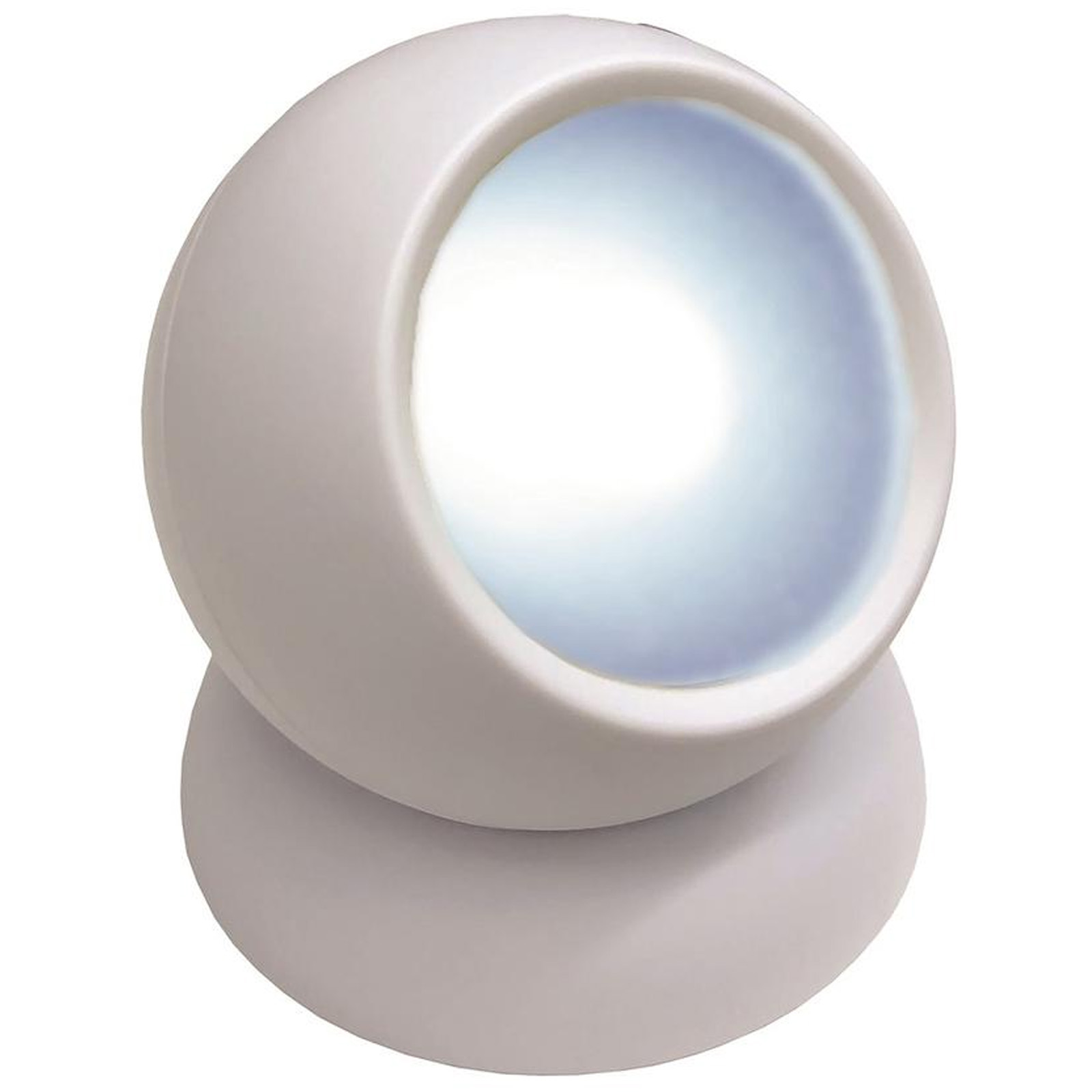
Face ID will prompt you for your passcode or show you different authentication options if it doesn’t find a match. If Face ID finds a match between the mathematical representation and any stored image, it unlocks your device with just one touch or swipe. The idea is that no two faces should look exactly alike.

The system then compares this representation to other facial representations that have been calculated using an in-depth scan of an individual’s face.

From there, the phone identifies key points on the face, such as where the eyes are positioned, and uses that information to calculate a mathematical representation of the person’s face. How Does Face ID Work?įacial recognition works by scanning the user’s face to create a 3D map of their face. iOS 13 included an upgraded version of Face ID which is up to 30% faster than Face ID on previous versions. On October 30, 2018, Apple introduced the third generation iPad Pro, which brings Face ID to the iPad and allows face recognition in any orientation. On September 12, 2018, Apple introduced the iPhone XS and XR with faster neural network processing speeds, providing a significant speed increase to Face ID. The technology was advertised as Apple’s replacement for Touch ID, a fingerprint-based authentication system built into the home button of the iPhone 8, as well as prior models including the second and third-generation iPhone SE. A Brief History of Apple Face IDĪpple announced Face ID during the unveiling of the iPhone X on September 12, 2017. And, while Apple says that their neural networks learn over time, you may not need to reenter your passcode as much after some time has passed (though this will depend on how often you use Face ID). That said, if you’re someone who changes their hairstyle often or has worn makeup lately, or if there are drastic changes to your appearance, you may need to enter a passcode. Then, it compares that data to the one stored in its secure memory. To unlock, Face ID simply reads the facial map by projecting light with specialized technology onto the user’s face and captures an infrared image. The template mathematically represents the shape of the person’s face with remarkable accuracy. It scans 30,000 points on your face to create a three-dimensional map of your features, which are then used to generate a mathematical representation called a template.
#Bionic flood light password#
Face ID is a special case of biometric authentication, where the enrolled user’s face replaces the traditional password and PIN combination as the sole factor in unlocking the device.

This technology uses the face of the user to unlock and authenticate devices. So, how does your iPhone’s facial recognition feature actually work? Let’s take a look! What is Face ID?įace ID is a facial recognition system designed and developed by Apple, Inc. The facial recognition feature allows users to unlock their phones by simply looking at them instead of entering a PIN or password, which has been the norm since cell phones came into existence. In the past few years, Apple has rapidly developed its facial recognition feature in the iPhone X and, now, the latest iteration of the iPhone, the iPhone 13. A perfect example of this is Face ID on Apple devices, which uses neural networks to identify someone based on facial recognition instead of password protection.

As we continue to develop our technological systems, we rely on computer automation more often to do the tasks we don’t have the time or knowledge to do ourselves.


 0 kommentar(er)
0 kommentar(er)
